Nylon fabrics are extremely strong, lightweight, and non-absorbent, and many outdoor items are made from the smooth and sturdy material. Get top tricks and tips for embroidering on nylon in this tutorial.
Project Needs and Notes
- Nylon fabric
- 1/4 yard quilter's cotton for side panels
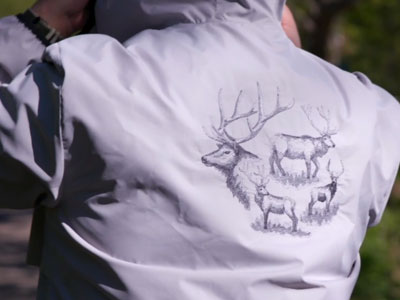
Nylon is a strong, durable synthetic fabric that comes in a rainbow of colors. Nylon fabric is used in jackets, windbreakers, bags, backpacks, and even outdoor flags.
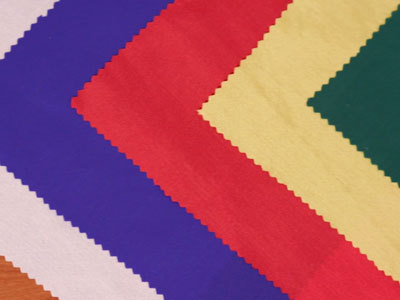
There are a couple of different kinds of nylon that are commonly found in most fabric stores and online.
Sport nylon has a heavier weight than some other types of nylon. This type of nylon is easy to take care of as it can either be wiped clean or machine washed.
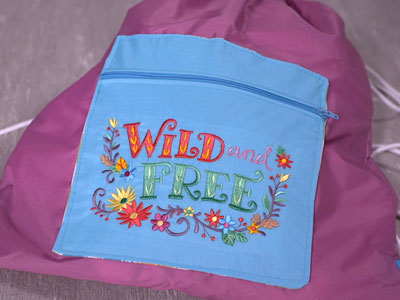
Rip stop nylon has a lighter weight than sport nylon and has a silkier texture and feel. This type of nylon is woven with some heavier threads to help prevent ripping or tearing.
We used rip stop nylon to create this drawstring bag here.
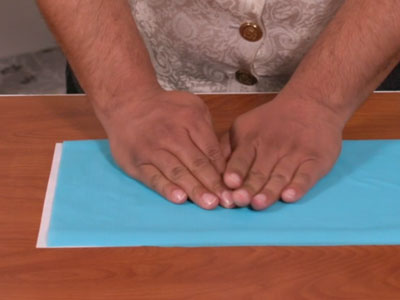
When embroidering nylon, it's best to pair it with one piece of medium-weight cutaway stabilizer.
Spray the stabilizer with temporary adhesive and smooth the fabric on top.
The adhesive helps to prevent the fabric from sliding around inside the hoop while embroidering.
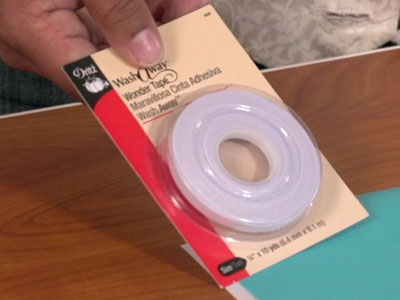
Another helpful trick is to add double-sided wash-away tape to the bottom edge of the top hoop portion. Wonder Tape is a good option for this.
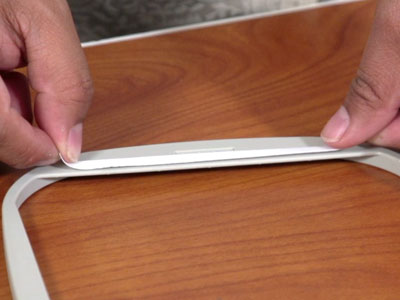
Add pieces of the tape on the backside of the top hoop, along each side.
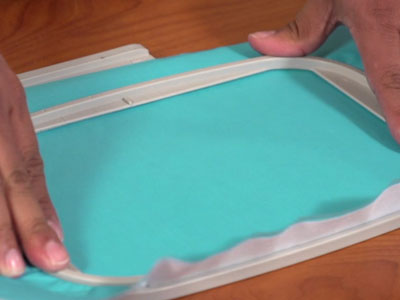
Hoop the fabric and stabilizer together firmly, and tighten the hand screw on the hoop.
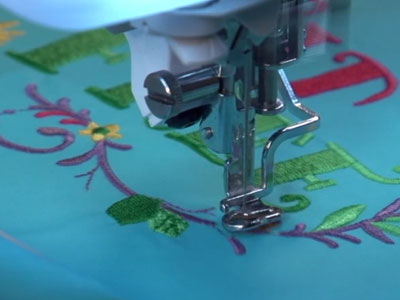
Embroider the design -- choose light to medium complexity designs when embroidering on nylon.
Heavier, complex designs for nylon as these types of designs tend to pull more on the fabric while sewing which may cause the fabric to pucker.
A size 75/11 sharp sewing needle is best when embroidering on a sturdy fabric like nylon.

After embroidering, unhoop the design and remove the tape from the hoop.
Any small bits of tape can be removed with a damp sponge.
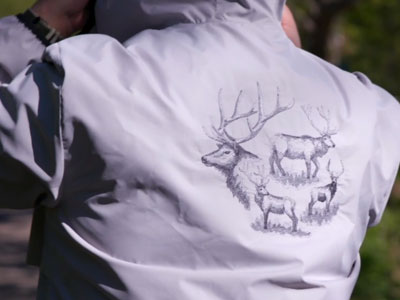
When caring for nylon items, wash on the gentle cycle with warm water and a cool rinse. Using fabric softener can reduce static.
Tumble dry nylon at a low temperature and press at a cool temperature setting using a pressing cloth. This will prevent any scorching or melting.


